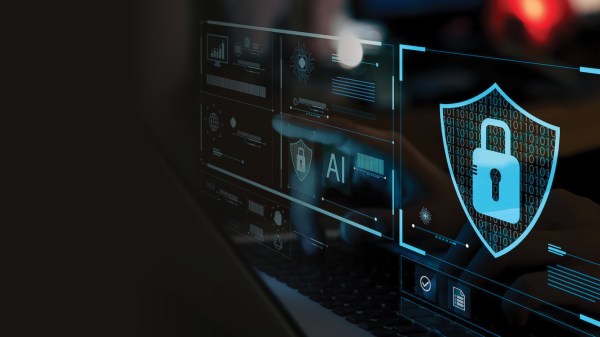The Defense Information Systems Agency today released a new five-year plan that places a heavy emphasis on mobility, cost savings and disruptive technologies.
“Our nation and our leadership have emphatically stated we must transition, as we conclude 13 years of war,” DISA Director Lt. Gen. Ronnie Hawkins said in a statement accompanying the strategy. “Not only must we transition to a post-conflict and financially constrained era, but we must also transition to a smaller, yet equally lethal military. Our focus must be on cybersecurity sovereignty, agility and innovation, given its more dominant role today.”
Mobility and development of the Joint Information Environment — the Pentagon’s plan to develop a shared IT infrastructure powered by a core set of enterprise services protected by a single security architecture — are featured prominently in the new strategy. Mobility and secure access to information from any device will “dominate” the Defense Department’s future network, according to the strategy.
“Mobility is the primary benefit of JIE. As such, we will posture our networks and peripherals away from wired thin clients and workstations to those that support individual mobile devices with access to the needed resources and information,” the strategy states. “We will see a shift from traditional hard token credentials to virtual positive identity supported with biometrics. Users will be granted access upon approaching their access point by systems that will immediately recognize the authorized user and grant network access.”
To help the Pentagon achieve its JIE vision, DISA has also established a Strategic Technology Watchlist — a set of key technology focus areas deemed critical for DISA to understand, acquire and evolve during the next five years.
DISA’s Strategic Technology Watchlist includes:
Agile and Adaptive Command and Control Technologies. Refers to “moving data to decisions, spontaneously assembling the components that are best suited for the required mission decisions and dynamically suggesting viable decision alternatives both in mission planning and execution.”
Application Lifecycle Automation Technologies. Refers to “technologies that can fully automate the process of ordering and provisioning computing resources; building and patching applications; locking down, scanning and remediating; testing and progressing from development to test to operations; and continuously monitoring and ensuring applications are healthy and free of security issues.”
Data Services (Big Data) Technologies. Refers to “technologies that can leverage massively parallel, commodity computing and storage for analyzing massively large and complex data sets.”
Cloud Computing Technologies. Refers to “technologies that allow service providers to provide self-service, on-demand and rapidly elastic computing resources (e.g. computing capacity, storage, computing platforms, virtual desktops, and enterprise applications) to third party consumers Cyber Command and Control (C2) Technologies.”
Enterprise Identity and Access Management Technologies. Refers to “technologies that can provide cyber behavior monitoring, analytics, situational understanding and C2 of the emplaced computing, networking and security apparatus.”
High Performance Networking Technologies. Refers to “the capability for positively identifying users (people or software) that operate on the [DOD information network] and managing the access of the users to network resources and services.”
Secure Mobile Technologies. Refers to “devices and applications that are intended to be securely used by mobile users within DOD.”
The Internet of Things. Refers to “the commercial trend of connecting uniquely addressable ‘smart devices’ and sensors to a wide area network. This will provide multiple new sources of data (driving the need for big data technologies) as well as enhanced control of the virtual and physical word. From improved logistics tracking to optimized building security and environmental controls to health monitoring of individual soldiers, the Internet of Things will impact everything we do.”






